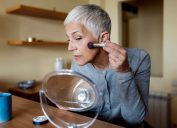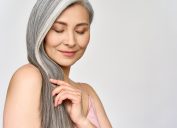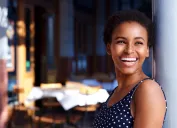6 Tips for Dyeing Your Gray Hair at Home, According to Stylists
Save yourself a trip to the salon with these pointers from proffessional stylists.
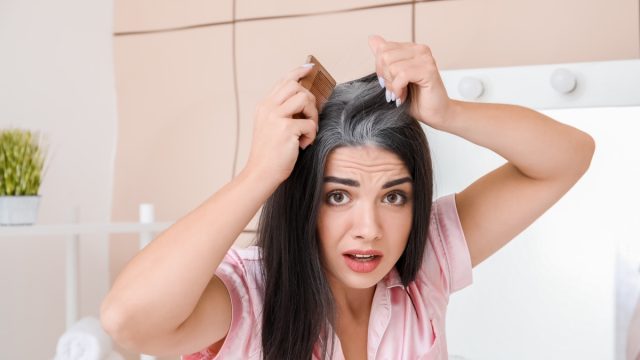
If you're tired of spending so much money on touch-ups every six weeks or have some new gray strands that you're not quite ready to embrace, coloring your hair at home could be your answer. However, doing it on your own, especially if you have gray hair, can be a tricky task. If you're wondering how to get salon-worthy locks by yourself, read on for six tips from stylists for dyeing your gray hair at home.
READ THIS NEXT: 5 Tips for Having Bangs Over 60, According to Stylists.
1
Do a strand test first.
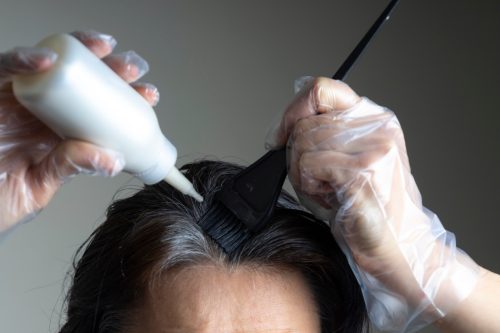
It's crucial to do a test strand before dyeing your hair. This will ensure you get the color that you want, instead of being surprised by a not-so-flattering shade of brown, or god forbid, yellow.
"Naturally gray, white, or silver hair can provide horrific home hair coloring surprises or stupendously fabulous results," says Dian Griesel a gray hair specialist at Silver Disobedience. "To be assured you are getting the latter, know that you are taking a big gamble if you do not do a test coloring first."
To do a test correctly, Griesel advices to trim off strands "from somewhere on the top of your head where hair tends to be lighter, not just from along your back neckline, where it may still be darker."
After getting the right sample of hair, this is when you can color your test strand, wait the full amount of minutes, and then see how your color will turn out.
"Choosing to skip this test may result in the very unpleasant surprise of having orange, green or purple colors that is likely not the shade that caught your attention on the box. Ignore this at your own risk," warns Griesel.
2
Choose the right shade.
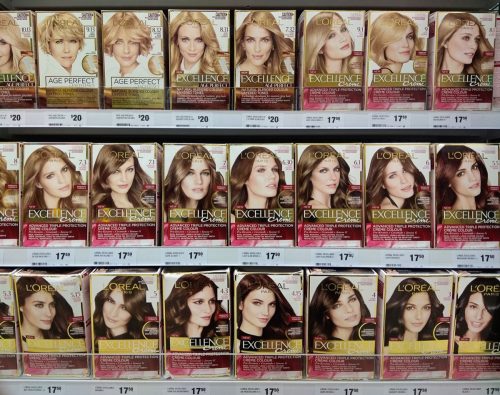
Gray hair can often be more coarse and dry than the hair you had when you were younger because it has less natural oils. This can make it difficult to dye, so you first want to make sure you are getting the right shade.
"If your hair is a mix of your natural brunette color with gray, stick with a shade close to your own natural hair color or a maximum of one to two shades lighter," says Lisa Abbey, a professional hair colorist and CEO of Strength x Beauty Haircare. "If you are 100 percent gray, or a mix of gray and blonde, you can go for any color you like."
However, Abbey warns ambitious DIY colorists to watch out for "hot roots" if you're going for a different color than your natural hue. "Gray hair can look more vibrant or 'hot' at the roots when using reds and fashion colors, so you may want to add a little of a more natural brown or blonde shade to the mix," she says.
If you're just retouching the roots on previously colored hair, Abbey recommends adding "equal parts of your desired shade and a neutral or natural shade in the same level to help keep the color from getting too bright at the root."
If your hair is gray from root to tips and you are coloring your whole head, mix about 25 percent of a natural shade to 75 percent of the desired shade to "keep the color balanced, even, and natural looking."
3
Protect your floor and counters.
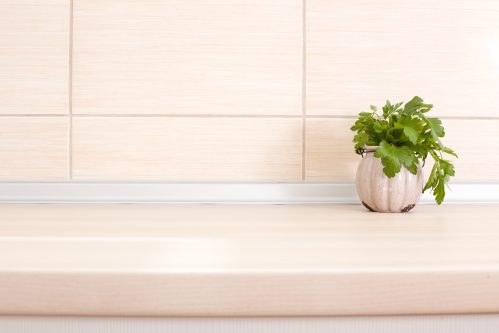
Before you start the dyeing process, make sure to protect countertops and walls of the room you're in so the dye won't stain these surfaces.
"It's almost impossible to not accidentally fling color on the counter or floor when doing your own color," says Abby. "Buy a plastic tarp or use an old shower curtain (or beach towel) to cover the floor and/or bathroom counter, and wrap an old bath towel you won't mind staining around your shoulders."
Now that you're done with the prep, it's time to get to work and start the dyeing process, whether you are choosing to go lighter or if you're looking to switch it up with a richer shade for winter.
For more beauty advice delivered straight to your inbox, sign up for our daily newsletter.
4
Remember that less is more.
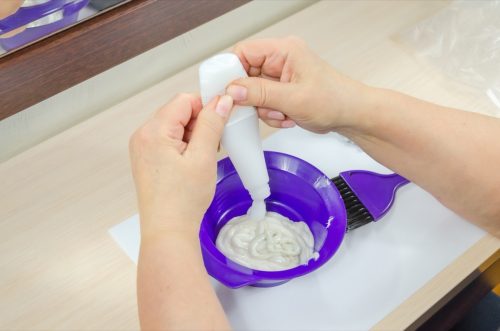
The instructions on most box hair dyes advise you to use all the dye included, but you don't have to use the entire package at one time. Especially if you have fine hair, there's no need to over do it. As long as each strand of hair is saturated, feel free to save the unused dye for another day.
"If you're just touching up your hairline and part or have very fine hair, you can save half of each bottle separately for later use. Just be sure to close the bottles tightly to reduce oxidation and use within 30-45 days," says Abbey.
5
Process color for the full time recommended.
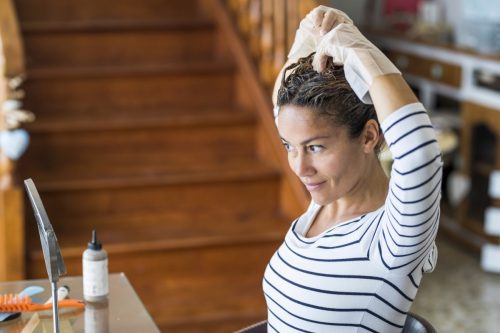
Other than not using all the hair dye, it's always best to follow the instructions as accurately as possible. To ensure you get the color that you want, you should never take the dye off sooner than the recommended amount.
"Hair color is typically meant to process for 15-30 minutes," says Abbey. "What you might not know is that the developer is lifting out your own color for the first 2/3 of the process time and only depositing the new shade or desired tone during the last 1/3rd of the time. So, if you remove it before the full time, you risk looking red or brassy and having the color fade too fast."
READ THIS NEXT: How to Embrace Keeping Your Hair Long After 50.
6
Make sure your brows match your hair color.
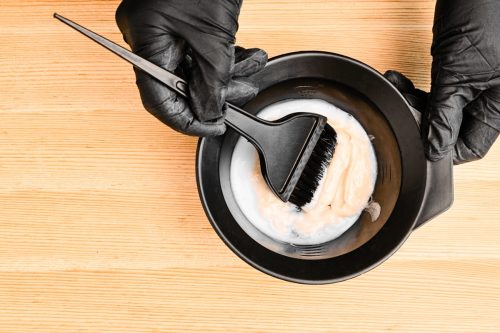
If you want your eyebrows to match your new shade of hair, it's luckily not as difficult as the actual hair dyeing process. While you don't necessarily need them to match perfectly, having brows a more similar color to your new hair shade will frame your face well.
"After applying the color to your hair, add just a drop of warm water to the remainder and use a q-tip to apply to your brows," says Abbey. "Just be sure to clean up the surrounding skin (and don't over apply to avoid dripping), then process for the full amount of time."
